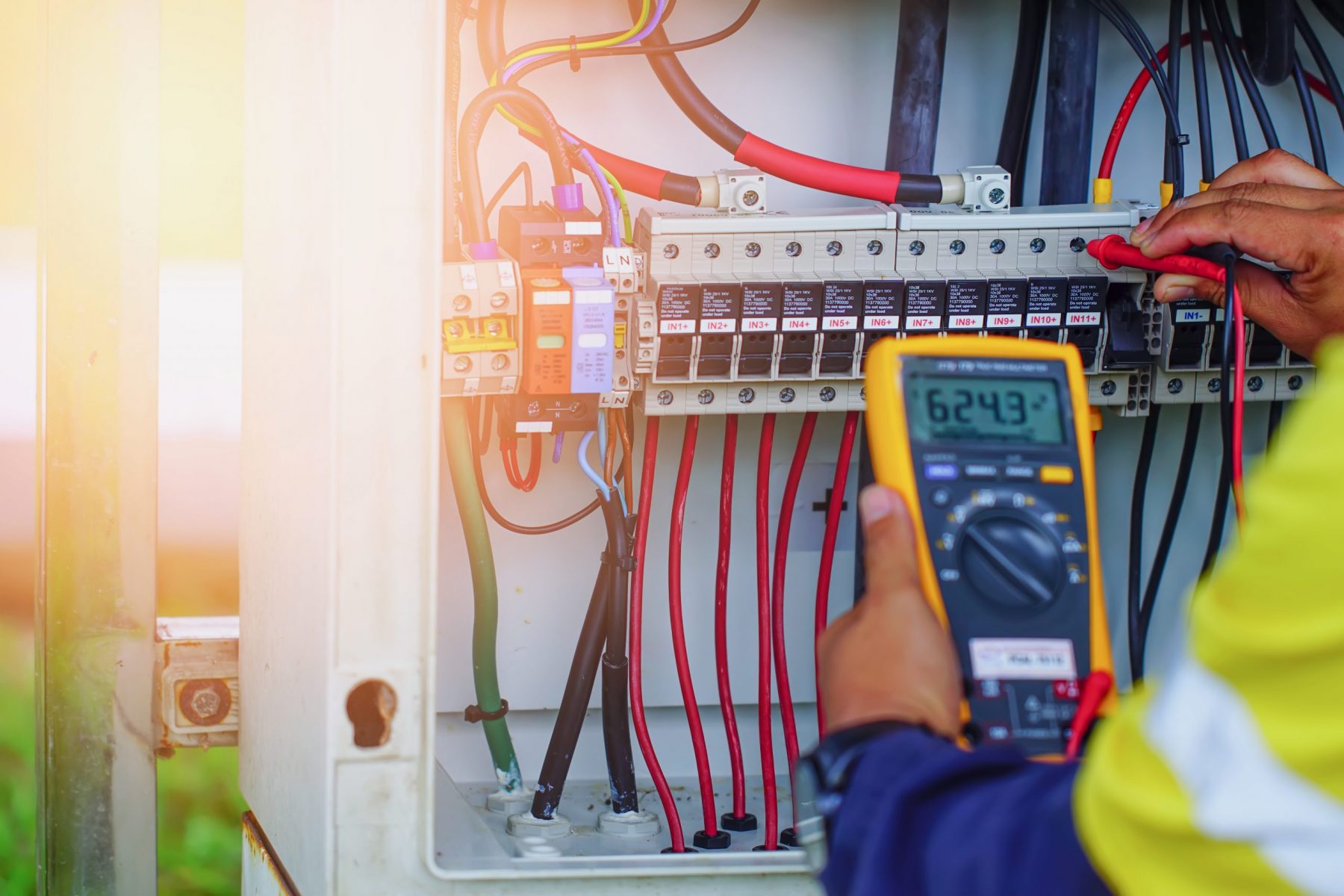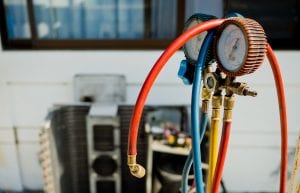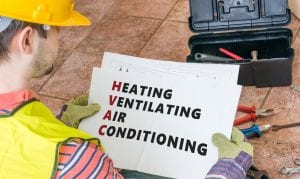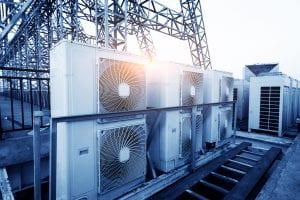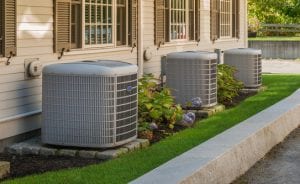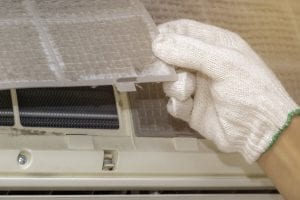To replace your home furnace or not replace it. That is the question that may be on your mind—especially if you haven’t experienced the warmth and comfort level you’re used to. Furnace replacement or your entire HVAC system can be costly, so you must ask: is it time to replace your furnace and/or air conditioning system?
It helps to understand the parts of a gas furnace and what they do. A bit of troubleshooting may help you decide if now is the time to replace or just repair your HVAC system.
What are the parts of a furnace, and what do they do?
Regardless of the type of furnace you have—electric, gas or oil—they all have parts that serve similar functions.
- Heat Exchanger
Cold air is heated in the heat exchanger. Because of the dangerously high temperatures, there could be cracks leaking toxic carbon dioxide. - Burners and Manifold
In many residential gas furnaces, a pilot light ignites burners that heat the air in the heat exchanger and then disperses it into the ductwork. Gas burners are connected to the furnace’s gas valve via the manifold. Newer models may offer multi-stage burners (modulating burners) that deliver different amounts of heat depending on the demand. - Blower Motor
This is what actually pushes or cycles the air from the furnace into the ductwork. With a variable-speed blower, you can adjust the fan speed using furnace controls, but keep in mind that some blowers need to be lubricated annually. - Air Filtration
All furnaces need something to reduce bad particles and filter them before they are circulated into main living spaces. If you fit your furnace with an electrostatic filter that traps particles through an electrical charge or install a HEPA (high-efficiency particulate-arresting) filter, you can reduce the amount of dust that blows through the system. - Venting
You don’t want byproduct gasses to stay inside your home; breathing them could be deadly. Venting pipes that go from the furnace to outside can eliminate this danger. However, you should regularly inspect the pipes to avoid leaks.
How do I know if it’s time to my furnace?
If it stops working completely, you know the answer. If not, ask yourself some questions. Does it heat effectively? Does it turn off and on irregularly? Do you make frequent repairs on it? Is it noisy or produce a foul odor? Do you notice you or your family members are having frequent respiratory issues? Are your energy bills going up? If your furnace is more than 12-15 years old or if you’re experiencing any of these issues, it may be time to bite the bullet and replace your furnace.
What kind of furnace should I buy?
Before you buy anything, you should consider getting a home assessment. Hire a reliable contractor to come to your home and assess the situation.
- The contractor will check your home’s square footage, age, windows and insulation to determine the furnace size and capacity your need.
- He or she will also look for leaks or damage in the ductwork.
- The contractor will also suggest what might improve your comfort level and air quality.
Once you get recommendations and know what’s best for your home, you can go shopping for a new furnace. If you are trying to avoid buying a new furnace—which costs, on average, $2,500-$7,150—make sure to have an HVAC technician regularly maintain and diagnose it for issues.
What are the features and benefits of today’s furnaces?
Above all, you’re going to want your furnace to work well for you while keeping operation costs down. The best furnaces today are energy efficient and abide by industry regulations. One that is energy efficient makes it easier to reduce your home’s energy use, saves you money and offers better safety controls and sensors. It doesn’t even require a chimney! These are some things to look for in a new gas furnace:
- High AFUE (annual fuel utilization efficiency) rating
The higher the AFUE percentage, the more efficient the furnace. The minimum requirement today is 80 percent, but the most efficient models have ratings of 90-98 percent. Although they may have a higher upfront cost, they can save you more long term. Another plus is that many are eligible for rebates.
- Multi-stage burners
These modulating burners can be adjusted electronically to provide warmth at any given time. They also deliver different levels of heat depending on your personal requirements.
- Programmable thermostats
A programmable thermostat lets you adjust the temperature in your house based on your daily schedule. If you also add smart controls that can be operated remotely from your smart phone, they can monitor the outdoor temperature, humidity levels and system efficiency.
- Multi-speed or variable blower motor
Customize your comfort level with the force air goes through your house.
- Electrical ignition system
You can save energy with an electrical Hot Surface Ignition (HSI) system rather than the old-fashioned pilot light ignition.
- Warranties
Most quality furnaces come with warranties that can cover manufacturer parts and labor, heat exchanger and contractor parts and labor. Some even offer an optional extended service agreement.
Are there any enhancements I can request?
Several enhancements can help your furnace’s efficiency and increase your comfort.
- Air cleaners (stand alone or affixable to your HVAC system) to improve air quality
- Zoning systems that offer more precise control over different areas of your home
- Humidifiers (sand alone or affixable) to add moisture that can help with dry winter air
- UV lighting to help clean air as it moves through the system, eliminating bacteria.
Does HVAC sound like something you’d like to do? Consider enrolling in HVAC programs at Coyne College. Do you have a job during the day? Enroll in evening HVAC programs at Coyne College Chicago. Depending on your needs, choose between day and night courses to become an HVAC technician in as few as 42 weeks.

